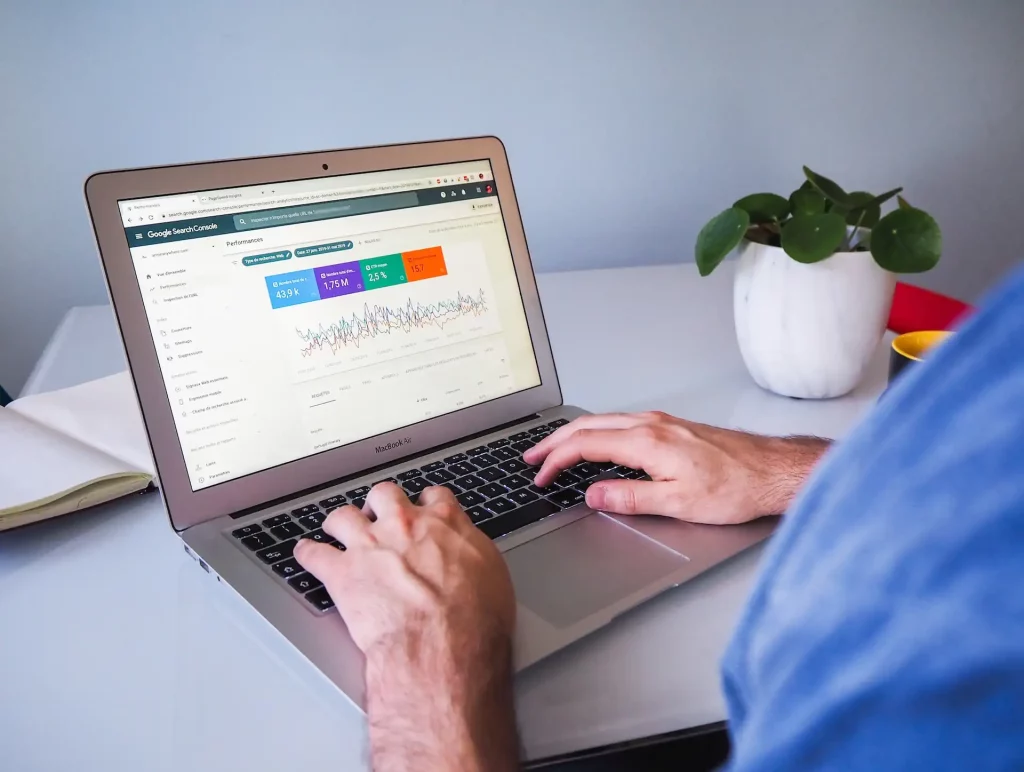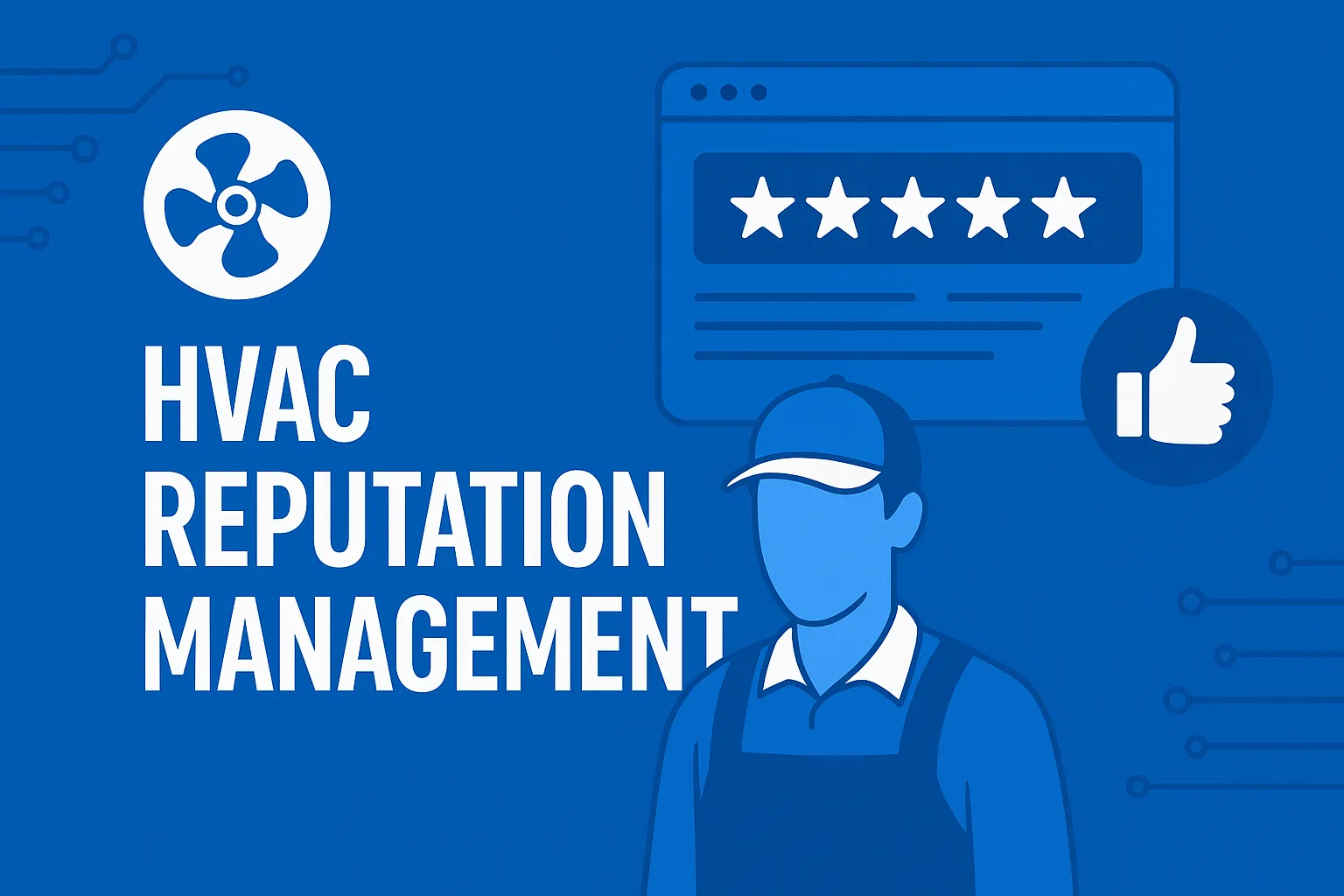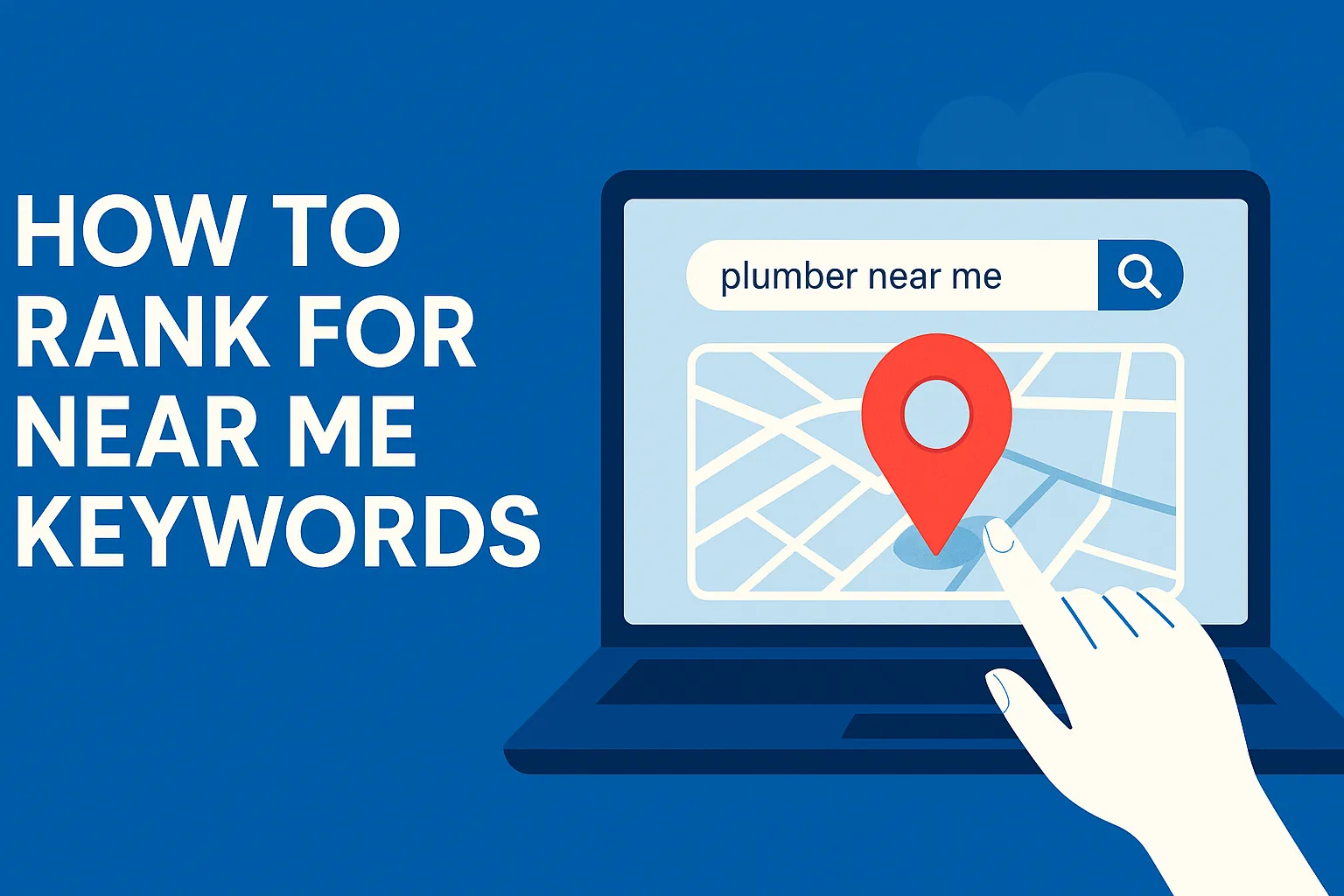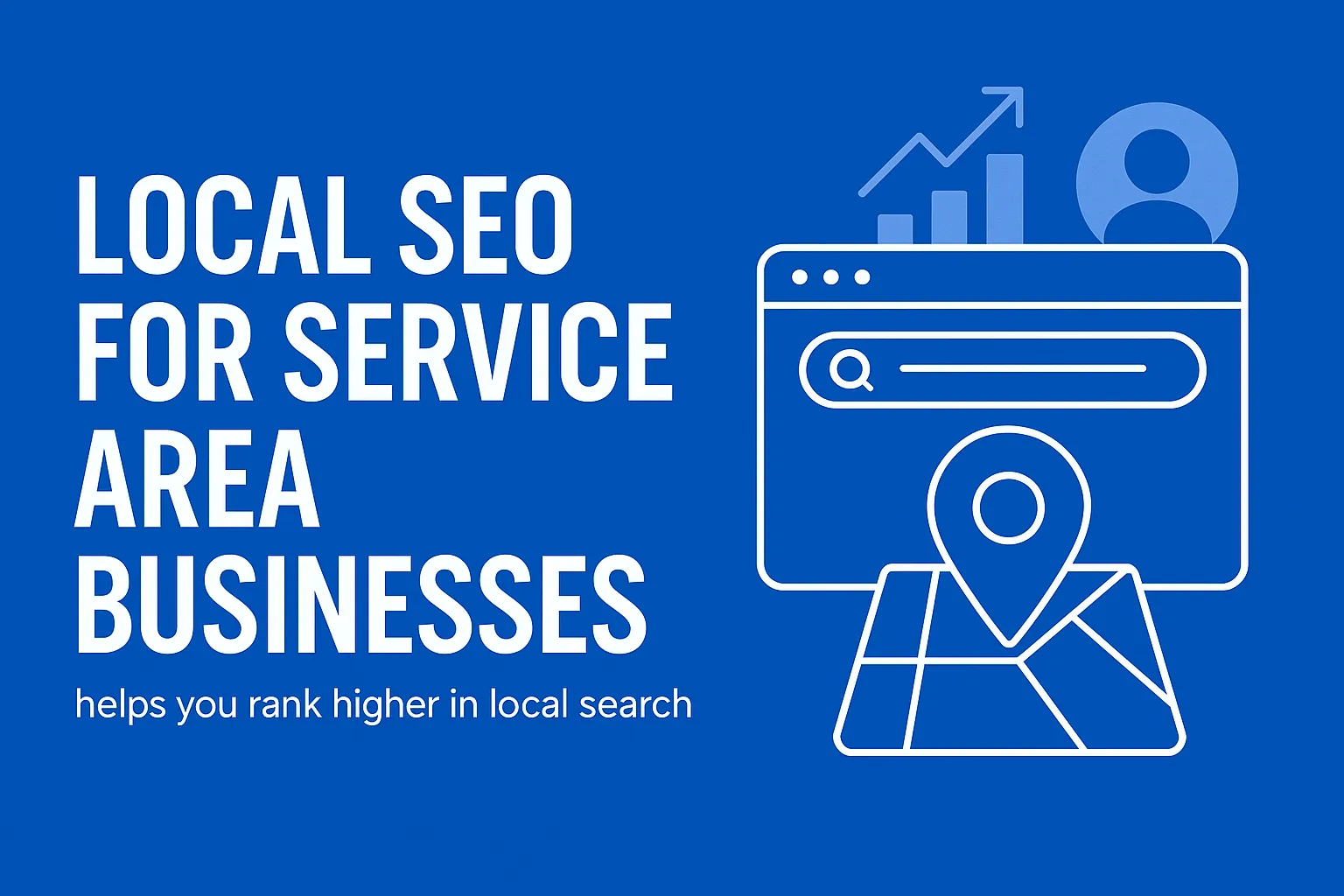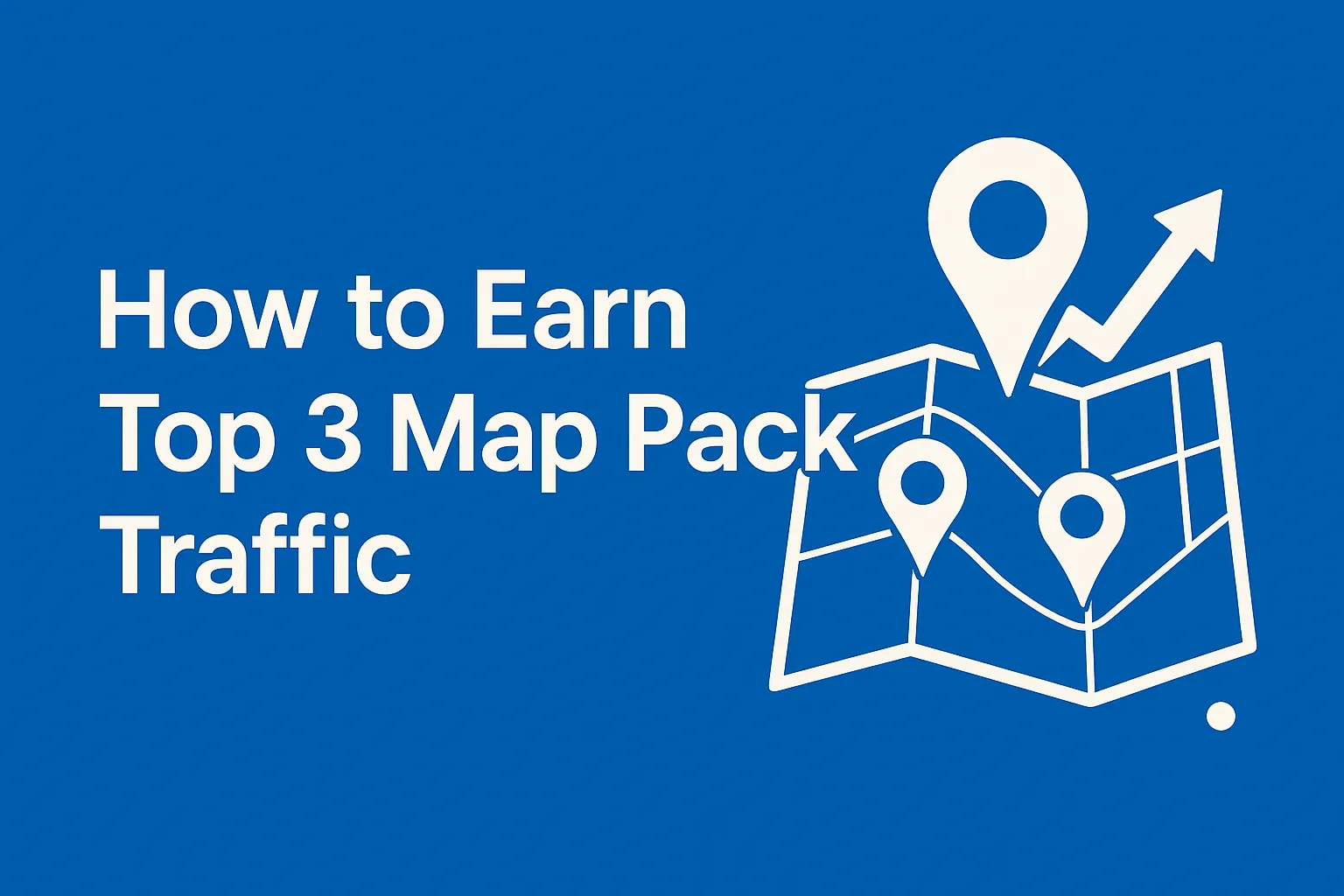Before You Go—Let’s Boost Your Leads!
Join our community of successful HVAC and Plumbing contractors who trust Klutch Growth to enhance their online presence.
Klutch Growth Blog
Water Damage Restoration SEO: Tips to Outranking Competitors

Did you know that 97% of people gather information about a local business primarily through online searches? If you offer a water damage restoration service, you would want to take advantage of these numbers to get more customers and grow your revenue. But how do you rank high in local search and attract more leads online? The answer is water damage restoration SEO. This article will show you the ultimate guide to water damage restoration SEO and how to rank your business higher on Google and other search engines.
Benefits of Local SEO for Water Damage Restoration Services
Local SEO is an effective strategy for local businesses with a physical location or those serving within a specific area. For water damage restoration companies, local SEO can be particularly beneficial with:
- Increased Rankings in Local Searches: Local SEO helps your business rank high in local search results and makes it more visible to potential customers in your area.
- More Foot Traffic and Direct Calls: Optimizing for local searches, especially in Google Maps and Google My Business, can also help increase foot traffic to your physical location and more direct calls from potential leads.
- Targeted Website Traffic: By focusing on localized keywords and content, local SEO attracts more relevant and targeted traffic to your website by optimizing your website using geo-targeted keywords.
- Increased Reputation: Local citations and directory listings, managing customer reviews, and Google My Business can improve your brand’s reputation and credibility.
- Content Marketing Opportunities: Localized content marketing can help attract more website visitors and build trust with your audience by addressing local water damage issues and solutions.
- Improved Conversion Rates: An optimized website for local SEO can enhance user experience and can lead to higher conversion rates.
Best Practices for Water Damage Restoration SEO
Best practices for optimizing water damage restoration SEO include keyword research and optimization, local SEO optimization, technical SEO, off-page SEO, and performance evaluation. Let’s go over these practices one after the other.
Keyword research and optimization
Water damage restoration keyword research and optimization help you identify the words and phrases your potential customers use when searching for your services online.
Keyword research can be done with tools like Keyword Everywhere, Semrush, Google Search Console, etc. These tools show important metrics like search volume and trends to help you pick the most suitable keywords to build your content on.
Some examples of keywords for water damage restoration SEO are water damage restoration near me, water damage repair services, flood damage cleanup, mold remediation, water extraction and drying, etc.
The strategic placement of these keywords in your content (optimization), meta tags, and headers sends a signal to Google to index your content to be shown to searchers needing your service.

Local SEO for water damage restoration
Local SEO helps attract more customers in your service area looking for help with water damage issues. Local SEO increases your chance of discovery as you have less competition vying for the searcher’s interest.
Here are some standard practices to improve your local SEO;
Understand the Difference between National SEO and LOCAL SEO
Service businesses like restoration services would benefit greatly from implementing local SEO, as most of their clients are also found locally. Unlike national SEO, local SEO targets local searches. This can be done by understanding local search intent. So basically, local SEO targets hyper-local areas, like neighborhoods. National SEO, on the other hand, can target an entire country or even worldwide if done correctly. This is applicable if the nature of your business does not require you or your client to meet physically to do your business. Examples of this would be online consultations, online courses, and e-commerce websites.
Optimize your Google Business Profile
A Google Business Profile (formerly known as GMB) is one of the foundations if you want to boost your local SEO. A Google Business Profile is a free listing that lets you showcase your products or services on Google Search and Maps. Here, you can provide information from your business, such as your location, hours, services, reviews, and photos, and even promotions that your business might have in your area.
In order to utilize GMB, you need to verify your business profile first to prove its existence. Verification may be in the form of phone or text, email, video recording, live video call, or mail. Google requires all businesses to verify their profiles to avoid spam listings on Google Maps.
Once verified, you can optimize your profile with keyword-rich descriptions, add products or services, add high-quality photos and videos, and manage customer reviews. You can also post updates on your profile to let customers know more about your business.
Getting reviews and local citations
One of the most effective ways to improve your local SEO is to get more reviews and local citations for your business. Reviews are customer feedback that shows how satisfied they are with your products or services.
Local citations mention your business name, address, phone number, and website on other websites. Both reviews and citations help to increase your online visibility, reputation, and trustworthiness. They also signal to search engines that your business is relevant and authoritative in your local area.
Using geo-targeted keywords
Another way of optimizing your website using local SEO is through geo-targeted keywords. Geo-targeted keywords are specific words or phrases that include the name of a location, such as a city, state, or country. Using geo-targeted keywords can attract more relevant and qualified traffic to your website and improve your ranking on local search. This can be done by adding location-specific keywords, like “water damage restoration in New York” or “restoration companies in Harlem.”
Creating informative and engaging content
You must abide by some guidelines to create informative and engaging content. These guidelines include
- using headings, bullet points, images, and videos to break up your text and make it easier to read and scan.
- Providing valuable and accurate information that answers common questions and addresses your customers’ pain points.
- Including testimonials, case studies, and statistics to showcase your results and success stories.
- Updating your content regularly to keep it fresh and relevant.
Creating informative and engaging content for water damage restoration SEO is essential. It helps potential customers find your website and learn about your services, builds trust and credibility with your audience by demonstrating your expertise and professionalism, and encourages conversions and referrals by providing precise and compelling calls to action.
Optimizing website structure and navigation
Optimizing website structure and navigation is crucial in creating a user-friendly and engaging online presence. A well-structured website helps users find what they are looking for, reduces bounce rates, and improves conversions.
In addition, a well-structured website enhances the site’s usability, accessibility, and SEO performance. Here are some tips on how to optimize your website structure and navigation:
- Plan your site hierarchy before you start designing. Use a clear, logical structure reflecting your site’s goals and content.
- Use descriptive and consistent labels for your navigation menus. Use keywords that match your users’ expectations and queries. Avoid using generic terms like “Services” or “Products” that do not convey the value or purpose of your offerings.
- Implement a responsive design that adapts to different screen sizes and devices.
- Test and evaluate your website structure and navigation regularly. Use tools like Google Analytics, heatmaps, or user feedback to measure how users interact with your site.
Technical SEO considerations
Technical SEO is optimizing a website for search engines and users. It ensures the site is fast, secure, mobile-friendly, and easy to crawl, index, and understand.
Technical SEO is the foundation of any successful online presence, affecting how well the site ranks, performs, and converts. Technical SEO can be divided into three categories: site architecture, performance, and security.
Building high-quality backlinks
Backlinks are links from other websites that point to your site and signal to search engines that your site is trustworthy and relevant. However, not all backlinks are created equal. Some backlinks, such as those from spammy or low-quality sites, can harm your site’s reputation and ranking.
Therefore, you must build high-quality backlinks from authoritative, relevant, and reputable sources. Here are some tips on how to do that:
- Create valuable and engaging content that attracts natural links from other sites. This is the best way to build organic backlinks that are relevant and beneficial for your site and your audience.
- Reach out to influencers and bloggers in your niche and offer them something of value in exchange for a link to your site. For example, you can offer them a guest post, a free product, a testimonial, or a mention on social media.
- Use social media platforms to share your content and generate buzz around your site. This can help you attract more traffic exposure and potential backlinks from other users who find your content useful or interesting.
- Use tools like Moz, Ahrefs, or SEMrush to analyze your competitors’ backlink profiles and identify link-building opportunities. You can see which sites link to them, what content they are linking to, and how you can replicate or improve their strategies.
- Monitor your backlink profile regularly and remove any harmful or toxic links that might hurt your site’s ranking. You can use tools like Google Search Console or Disavow Tool to identify and disavow any unwanted links from your site.
Monitoring and measuring SEO performance
Monitoring and measuring your SEO performance is essential to any digital marketing strategy. To monitor and measure SEO performance, you need to use various tools and metrics that can help you track your progress, identify areas of improvement, and optimize your website for better results. Some of the most common tools and metrics for SEO performance are:
- Google Analytics: This is a free tool that allows you to measure various aspects of your website’s performance, such as traffic sources, user behavior, bounce rate, conversion rate, and more.
- Google Search Console: You can see how many impressions and clicks your website gets, what keywords and queries drive traffic to your website, how your website performs on different devices, and more. You can also use this tool to identify and fix any issues or errors affecting your website’s ranking or user experience.
- Keyword Research Tools: These tools help you discover new keyword opportunities, evaluate the competition and difficulty of each keyword, and optimize your content for higher rankings. Some popular keyword research tools are Moz, SEMrush, Ahrefs, and Ubersuggest.
- Rank Tracking Tools: They can help you measure the effectiveness of your SEO strategy, compare your performance with your competitors, and identify any changes or fluctuations in your rankings. Some popular rank-tracking tools are SERPWatcher, Rank Tracker, AccuRanker, and ProRankTracker.
FAQs
How long does water damage restoration SEO take?
It depends on factors such as your current ranking, competition, budget, and goals. Generally, it can take anywhere from 3 to 12 months to see significant results.
How do I choose the right water damage restoration SEO company?
You should look for a company with experience and expertise in your industry that offers transparent and customized pricing, provides regular reports and communication, and has a proven track record of success.
Conclusion
Water damage restoration SEO is a must-have strategy if you want to attract more customers and increase your online visibility. By following the best practices of keyword research and optimization, local SEO optimization, technical SEO, off-page SEO, and performance evaluation, you can create a website that ranks well for relevant search queries and provides value to your target audience.
However, SEO is not a one-time effort. It requires constant monitoring, testing, and updating to keep up with the changing algorithms and user behavior. You need a reliable partner to help with your water damage restoration SEO needs. Contact us today, and let us show you how we can take your business to the next level with our proven SEO methods.
Recent Posts
November 14, 2025
November 14, 2025
November 10, 2025
November 3, 2025

